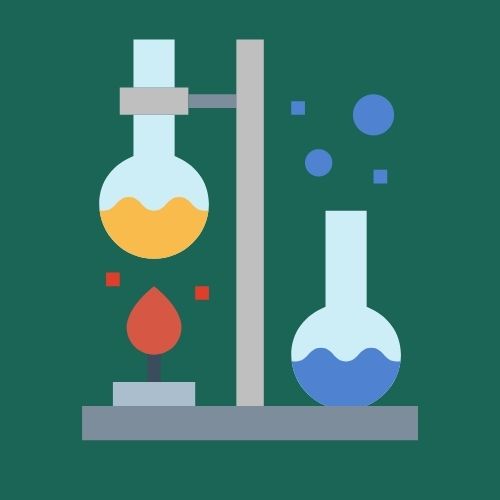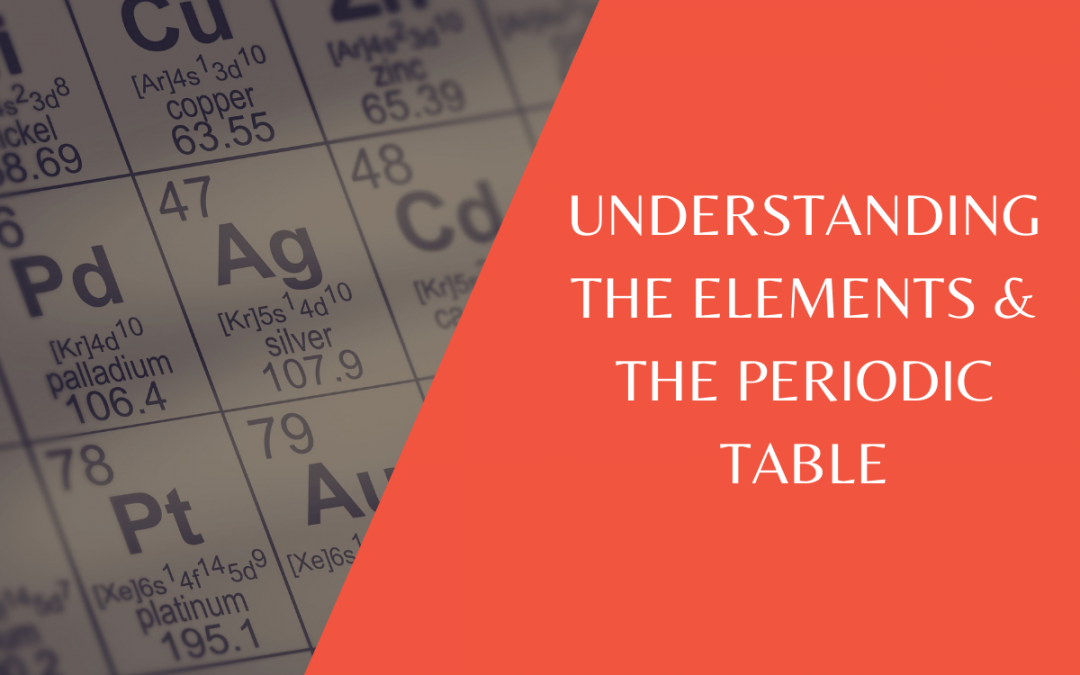Do you know the difference between Elements, Compounds and Mixtures?
How are the atoms arranged in elements and compounds?
Do you know how to use the Periodic Table?
Can you recognise and name any symbols from the Periodic Table?
The Periodic Table is something you will need to know about and use from now until your science education finishes. It is essential in many areas of Chemistry and very useful. In your GCSEs you will be allowed access to one in all assessments and in KS3 you will usually find it within your textbook or revision guide, we recommend you start getting used to using it now.
Here we go through 4 key points that will help you understand elements and how they are linked to other aspects of chemistry and the periodic table. Whilst at KS3 some schools teach Science as a single subject other schools make it clear which Science the topic falls into and generally this one of the first you will cover when you join Secondary school in either your science or chemistry lessons.
💥 Elements and Mixtures
It is likely you will have heard of a mixture and used the term in everyday life, but can you explain what it is in terms of atoms? You need to understand how the atoms are arranged in a mixture and what makes a substance a mixture. To explain this, it is key that you understand what an element is, and how the atoms are arranged in an element. Remember they contain just one type of atom but the atoms can occur in pairs (Oxygen is a good example to learn). To help with any explanation you need to give, it would be useful if you can draw and label particle diagrams to show the difference between an element and a mixture.
💥 Compounds
A compound is different to both elements and mixtures and we recommend you have a simple and clear definition learned in your head so you can start with that and then explain it with a diagram. A compound is made up of two more elements, the main difference being they are chemically joined, bonded, together. Explaining this is easiest with a diagram and also an example you know and are confident with. During your science education you will learn many different compounds but a few will feature regularly. We suggest you learn these, which elements are present and how the atoms of the elements are arranged. The best way to do this is to be able and to draw and label a particle diagram for each compound. Two common compounds you will use are Water (H2O) and Carbon Dioxide (CO2). You will be shown others and also be expected to recognise their particle diagrams and identify which atoms are from which element (often colours are used to show the different elements involved).
💥 Periodic Table
The Periodic Table is such a huge and important part of Chemistry. Some students worry when they see it that they are expected to learn all the elements present in it and the symbols and data. That is not the case, but you need to be able to use it and understand what it is telling you. Mendeleev is the Russian scientist who developed the first periodic table and you will learn a little about him and how it was put together. At KS3 we teach students what a group and a period is. The special names of some of the groups (for example group 1 metals are also known as the Alkali Metals) and where to locate metals, non-metals and transition metals. Make sure you can identify all of these on a full periodic table or a blank one with just the outline. Sometimes in assessment questions the periodic table looks slightly different and you need to be prepared for this. Gradually you will learn the location of more common elements and also begin to remember their symbols too, this will make other chemistry topics easier for you in KS4.
💥 Symbols and Equations
Within the periodic table each element is represented with a symbol. These symbols are linked to their name but not always the first letter of their name. Some elements have a single letter for their symbol, some have two letters. For example Oxygen is represented with O but Calcium is Ca. You will not find compounds named in the periodic table but you will find the elements that have bonded to form the compound there. Sodium is an example of using letters not from the start of its name, the symbol used is Na.
When you are writing these symbols you MUST remember to use a capital letter for the first letter and a lower case letter for the second one (if there is one). You will be shown some examples of how compounds are formed from a chemical reaction and you can see how to use the periodic table to represent the reaction with a symbol equation. At KS4 you will learn this in much more detail and be expected to write these yourself.
Hopefully these 4 key areas will give you some help understanding elements and the periodic table and will also make a good basis for the foundations of GCSE Chemistry. Our series of videos on Elements go into much more detail on these areas and shows you examples of all of the ideas covered here and more.
Feel free to get in touch if you have any questions or would like some help with your KS3 science learning to fill in any knowledge gaps you have.
KEEP UP TO DATE - DON'T MISS OUT!
Our regular newsletters are filled with helpful and interesting information to help you with your Science at school

